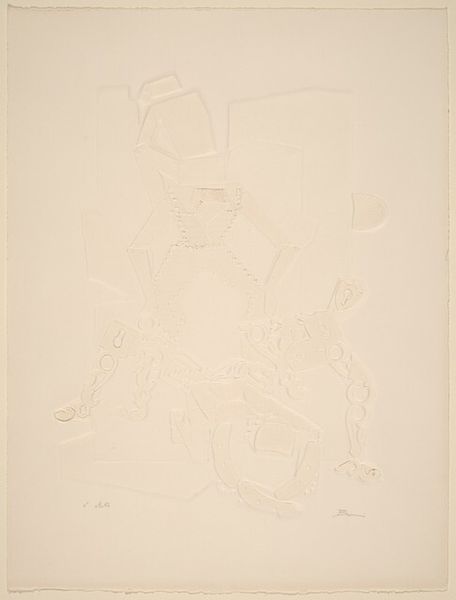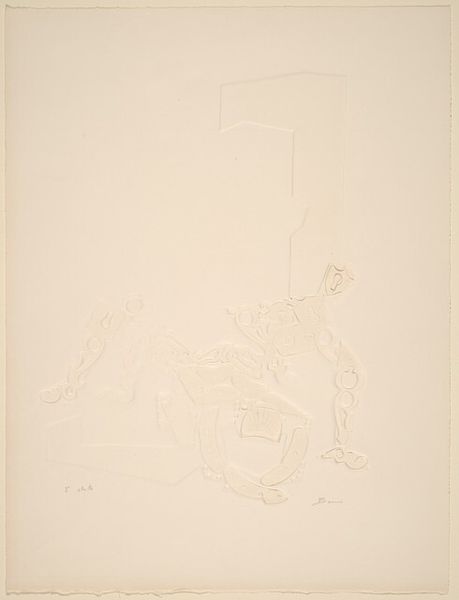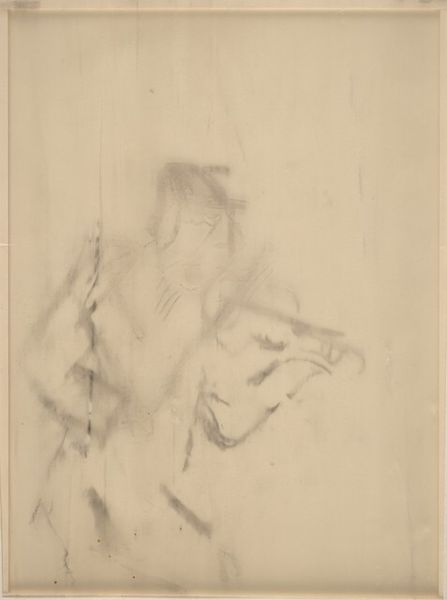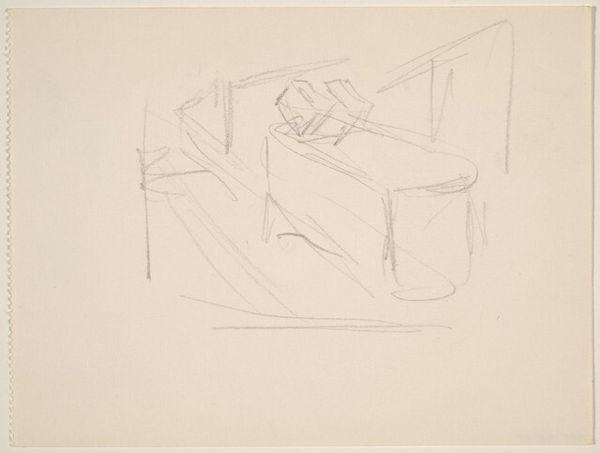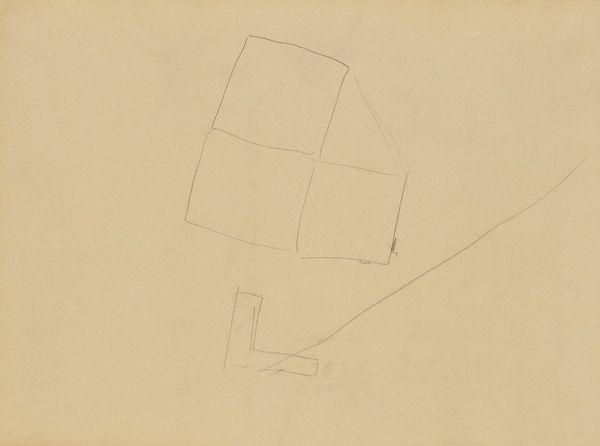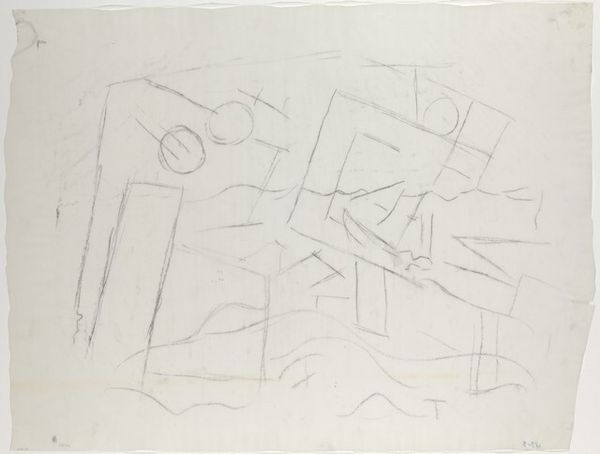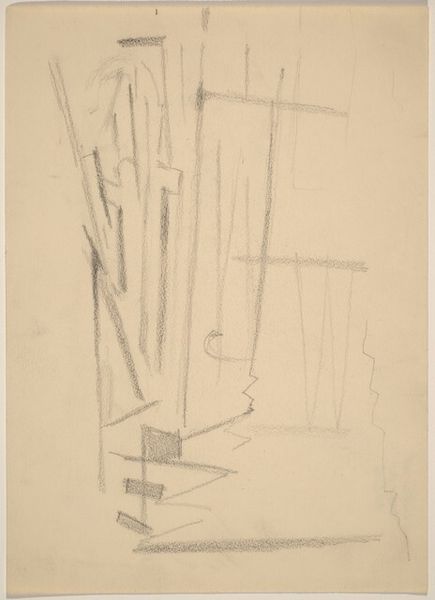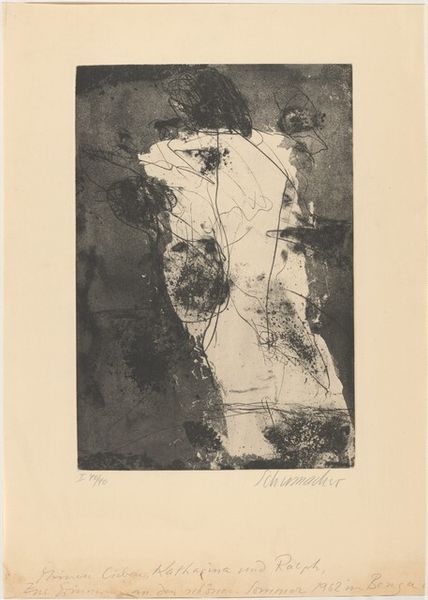
drawing, print, etching, graphite
#
drawing
# print
#
etching
#
etching
#
abstract
#
pencil drawing
#
geometric
#
graphite
Copyright: National Gallery of Art: CC0 1.0
Editor: Here we have Paolo Boni's "Omaggio a Braccelli (3rd state)" from 1968, a drawing and print composed of etching and graphite. It feels like a ghost of an image, these very faint geometric figures. How do you interpret this work? Curator: What strikes me is the dialogue between homage and critique. Boni's reference to Braccelli, likely Giovanni Battista Braccelli, a 17th-century artist known for his abstract figure drawings, positions this work within a lineage of challenging representational norms. What socio-political anxieties might Boni be grappling with in the late 60s that lead him to revisit and reimagine Braccelli's figures in such a deconstructed way? Editor: Anxieties about representation, that’s interesting. It definitely doesn’t feel celebratory. It’s almost like these figures are dissolving, or being erased. Curator: Exactly. Consider the social upheaval of 1968 – protests against the Vietnam War, civil rights movements, student activism. The established order was being questioned. Could this etching be a visual metaphor for dismantling traditional power structures and modes of seeing? Editor: I see what you mean. The fragility of the lines, the way the figures are almost hidden... It speaks to a certain instability, a questioning of forms. Curator: And think about the artistic movements of the time, too. Conceptual art was gaining traction, emphasizing the idea over the execution. Does Boni perhaps suggest a move away from concrete, fixed identities towards more fluid and abstract representations of the self? Editor: It feels more relevant now, thinking about identity and representation as continually evolving and being questioned. Thanks! Curator: Indeed. Art is always in dialogue with its present, isn’t it? Hopefully, this piece urges all of us to rethink our own socio-political context.
Comments
No comments
Be the first to comment and join the conversation on the ultimate creative platform.

